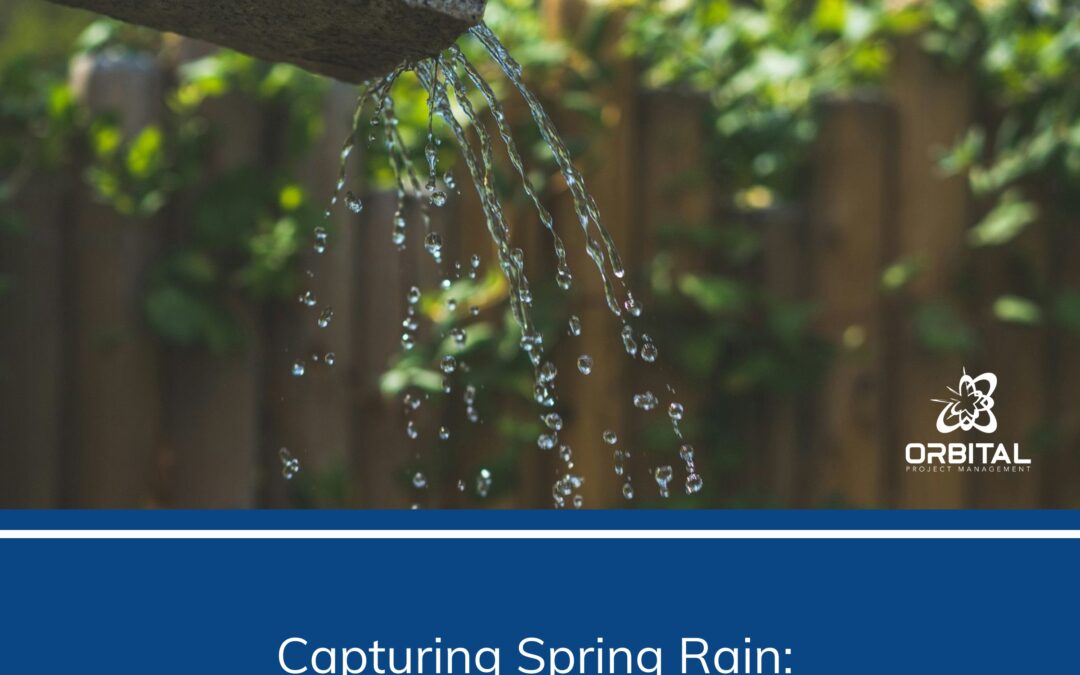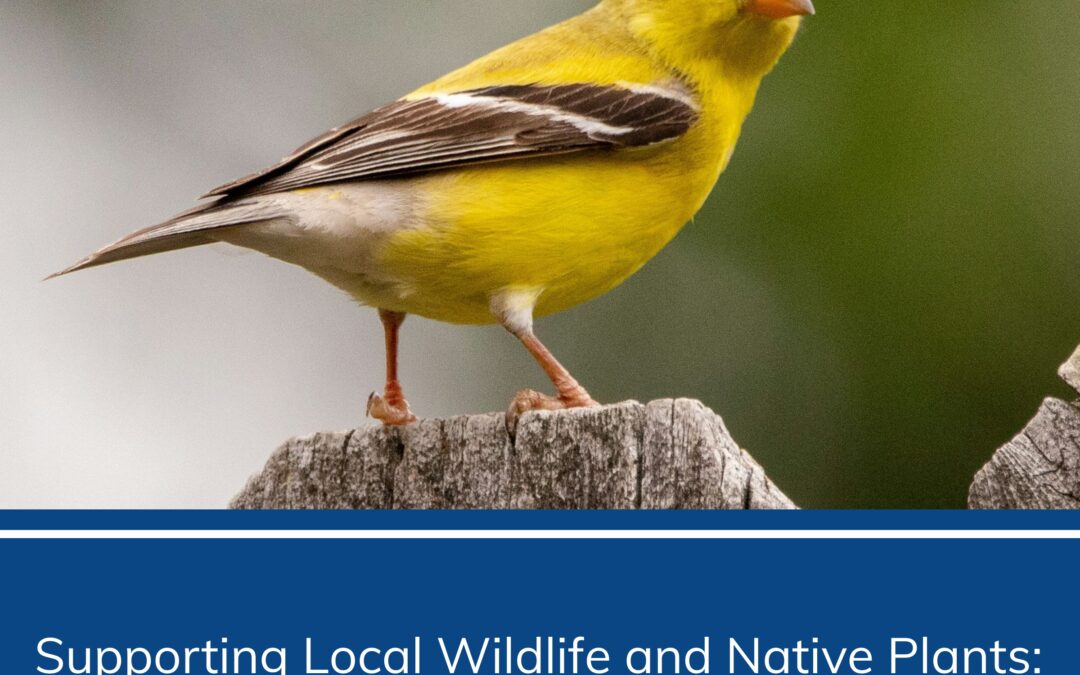One powerful strategy for reducing global carbon emissions is to utilize a local food supply. Transport of food products is a major producer of carbon emissions, so minimizing dependence on food that must be trucked into stores is an excellent place for individuals to start.
Of course there is nothing more “local” than our own backyards. Historically, when access to food was scarce and fuel use for trucking it across the nation wasn’t the priority, people grew their own. From backyard plots of potatoes during the Great Depression to Victory Gardens of the war years, people have shifted from purchasing food to growing their own when supply was low or funds were tight.
If you haven’t ever grown food for yourself, you’re in for a treat!
OPM’s Virtual Gardening Program
For 2023, we are going to walk you through the phases of homegrown food one month at a time. Of course, depending on where you live, the timing could be different. We are going to follow the standard that much of the temperate US food growing is based upon:
- Late winter seed starting
- Spring planting/transplanting
- Summer-to-fall harvesting
Get in the Zone
Planting zones offer invaluable information about growing food where you live, from which species and varieties are hardy enough for your area to which date is considered safe from frost risks. Some plants don’t mind a cool start and thrive before temperatures are too warm. Others can’t cope with lower temperatures and prefer a later start in the garden. While certain plants will grow on their own timeline (think tomatoes that “volunteer” from last year’s unpicked fruit), if you want a thick slab of juicy tomato by the 4th of July and you live in northern climates, you’ll have to start those seeds indoors months before your frost-free date.
Follow this link for an easy way to determine your zone by zip code.
Note: If you’re going all in and plan to invest in fruit trees or shrubs for perennial food production, then consider selecting varieties that are one zone LOWER than your assigned zone. For example, if you live in zone 6, then select an apple tree that is hardy to zone 5. This will greatly decrease your risk of loss if you have record-breaking chills one season.
The Catalogs
Once you get your head in the gardening game, it’s time to peruse seed catalogs. While you may think that scrolling or thumbing through pages of carrot varieties sounds boring… Hold your judgment until you read the descriptions. You basically have 3 options at the grocery store: large carrots, “baby” carrots and, if you’re lucky, some “rainbow” variety of organic ones. No, the giant white “carrots” aren’t carrots. More about them later. When you have tasted the sweetest, freshest, homegrown carrot varieties, you’ll never look at a grocery store bag of carrots the same.
Don’t worry there’s WAY more than carrots to consider. Tomatoes, peppers, beans, berries, cucumbers, potatoes, squash, herbs…
You can either order from online stores or request catalogs. While online ordering reduces the use of paper (and all the resources and chemicals paper production entails), once you have placed an order somewhere, you will undoubtedly end up on their mailing list. Once you’re through with your annual order, those paper mailers can be reused for everything from covering grass to prepare new planting beds to wrapping gifts for fellow gardeners and lining dresser drawers. Keep reduce-reuse-recycle in mind and try to stay as close as possible to reducing material use at each step.
While big box stores and other chains have gardening supplies and seed packets available each spring, you may not be able to find as many organic or heirloom (non-hybrid) varieties in stores. That’s okay if you’re going to use this year to try things out or get kids in the gardening game, but don’t pass up the chance to see what other varieties you can find online. Some of the best flavors come from heirlooms…and you can save seeds for the following year and get true-to-parent plants.
Deciding What to Grow
Start with your favorite foods, while realizing that not all garden plants are the same when it comes to temperature, light, soil, and water needs. Be sure to read the descriptions in the catalog or on the back of seed packets to determine if your yard/home/garden has the light and temperature requirements the plants will need.
Choosing organic seed varieties (while more expensive) supports farmers who have the added expense and challenge of not adding a chemical burden to the environment. Consider choosing organic whenever possible. Have you heard a grandparent say that fruits and vegetables don’t taste the same like they did in generations past? That’s because hybrids were developed to make food tough enough to withstand long transports. Give some heirloom varieties a try for power-packed flavors.
Easy to grow: Lettuce, spinach, kale, radishes, carrots, peppers, bush beans, zucchini, strawberries, tomatillos, ground cherries
Easy varieties are pretty much plant, water, harvest foods. You do need to keep an eye on them for pests and be sure to keep them from wilting or not getting enough sun. Other than that, this is a great place for a novice gardener to start.
Medium work: Tomatoes, potatoes, peas, pole beans, cucumbers
These medium-work plants need some regular care often in the form of staking, supporting, training vines, mounding soil, or pinching back unwanted growth. Determinate tomatoes are easier because they don’t form side shoots and their entire harvest comes at once. Indeterminate varieties, on the other hand, can go crazy if you don’t keep them in line. The upside: indeterminate plants yield tomatoes right up until the fall frosts come.
Most work: Broccoli, cauliflower, cabbage, squash, pumpkins, corn
Some of these plants are like magnets for insects such as the white Cabbage Looper butterflies that lay eggs and have voracious caterpillar babies that destroy your plants. The dreaded squash bug and others can quickly take over in the garden if not controlled. You can use floating row covers or other non-chemical methods if you have your heart set on growing cruciferous veggies. While cruciferous vegetables don’t take up much space, squash and pumpkins can quickly overtake an entire yard or garden. Smaller varieties may be trained up a trellis, but large pumpkins and winter squash will need a large area of ground to spread their vines and leaves. Corn takes a large amount of space as well…and a LOT of fertilizer.
Place Your Order
While you still have time as far as seed starting goes, nurseries often sell out of popular varieties. So, choose your favorites, and place that order right away. Even if you’re in a far northern climate (zones 4-5) or in a hot climate (zones 8-9) with different planting times, most nurseries only have seeds available for the year beginning in January since they have to save seed from this year’s crop to sell. If you wait too long, it may be another year before you can purchase some of the top picks.
Reuse, Don’t Recycle
Next month, we will tackle the ins and outs of seed starting.
If you don’t have a large backyard or other space to dedicate to a large garden, don’t fret. Many food plants like lettuce, greens, and herbs do really well in containers…even indoors.
For now, hang onto your plastic milk and juice jugs, lettuce tubs or other produce packaging. The “clamshell” versions that have a lid make a perfect mini-greenhouse for seed starting!
Don’t Miss Out on Monthly Gardening TIps
Subscribe below for our monthly newsletter, The Nucleus, to keep up with this year’s garden-along program!






